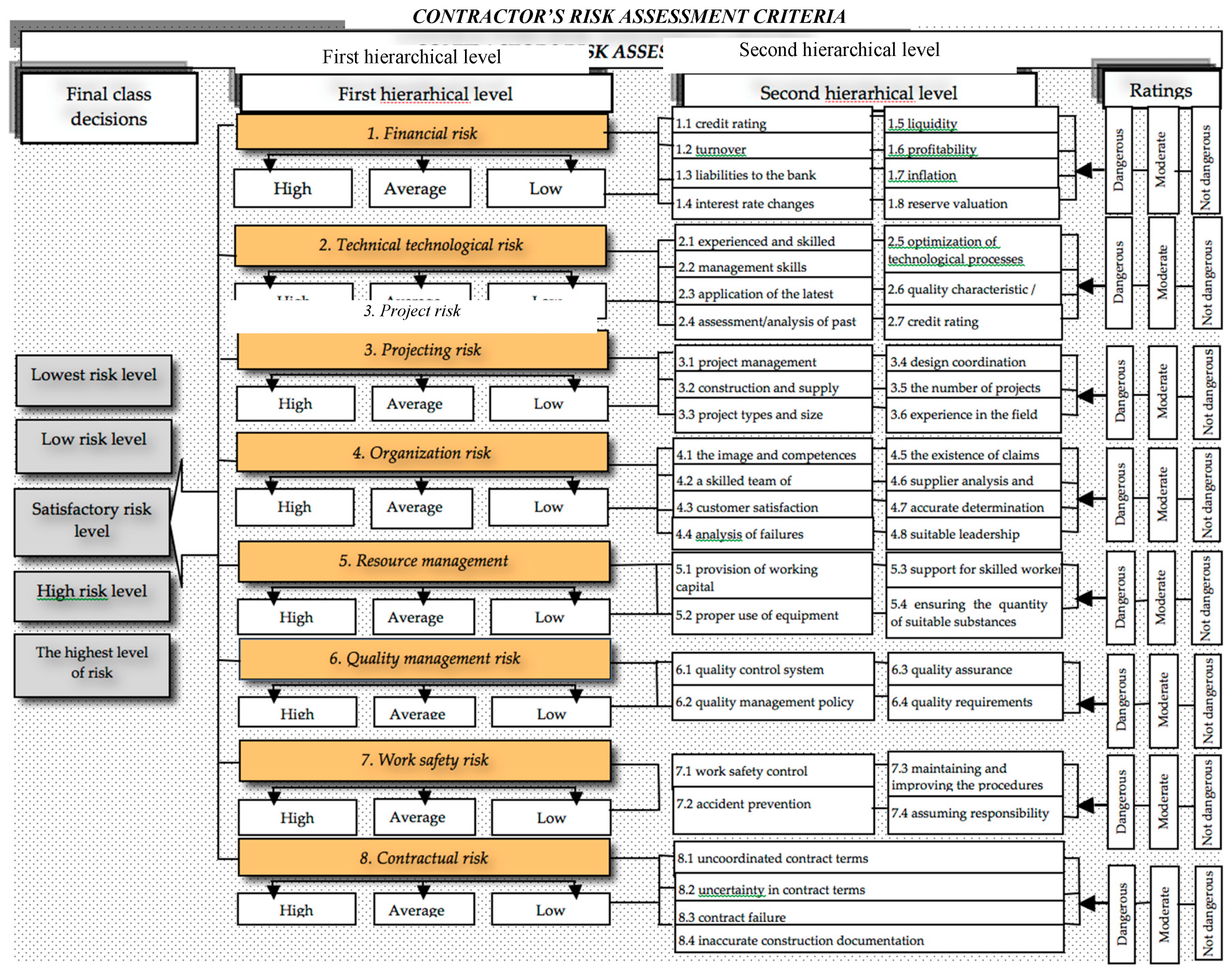Plastic Pollution Impact on Ocean Life Revealed
The Silent Suffocation: Plastic Entanglement
Marine animals, from the smallest plankton to the largest whales, face a constant threat from plastic entanglement. Larger pieces of plastic, like fishing nets and plastic bags, can ensnare creatures, restricting their movement, preventing feeding, and ultimately leading to starvation or drowning. Images of turtles with plastic rings around their necks or seals with fishing nets tangled in their flippers are heartbreaking reminders of this pervasive problem. The entanglement isn’t limited to large animals; smaller creatures can become trapped in plastic debris, hindering their ability to navigate their environment and find food. This entanglement is a significant contributor to mortality rates across a wide range of marine species.
Ingestion: A Microscopic Menace
The problem extends beyond visible entanglement. Microplastics, tiny particles resulting from the breakdown of larger plastic items, pose a significant threat. These particles are easily ingested by a variety of marine organisms, from zooplankton to fish, birds, and even marine mammals. Once ingested, microplastics can cause internal blockages, leading to starvation or internal injuries. Furthermore, many microplastics contain harmful additives that leach into the tissues of the animals that consume them, potentially disrupting their endocrine systems and causing long-term health problems. The accumulation of these toxins through the food chain is a growing concern, potentially impacting human health as well.
Habitat Destruction: A Shifting Landscape
Plastic pollution also contributes to the destruction of vital marine habitats. Large quantities of plastic debris can accumulate on the seabed, smothering coral reefs and seagrass beds. These habitats are crucial for countless species, providing food, shelter, and breeding grounds. The accumulation of plastic can disrupt the delicate balance of these ecosystems, leading to a decline in biodiversity and overall ecosystem health. Plastic can also alter the physical structure of habitats, making them less suitable for the species that depend on them. This destruction has cascading effects, impacting the entire food web.
Chemical Contamination: A Toxic Cocktail
Plastics themselves often contain harmful chemicals that leach into the surrounding environment. These chemicals can have devastating consequences for marine life, disrupting their reproductive systems, immune systems, and overall health. Persistent organic pollutants (POPs) can bioaccumulate in the tissues of marine organisms, reaching dangerously high levels as they move up the food chain. Furthermore, the process of plastic degradation can release additional toxins into the water, further exacerbating the problem. This contamination poses a long-term threat to the health and survival of marine ecosystems.
Impact on the Food Chain: A Ripple Effect
The effects of plastic pollution are not isolated incidents; they create a ripple effect throughout the entire marine food chain. When smaller organisms ingest microplastics, these particles are passed on to larger predators that consume them. This bioaccumulation leads to higher concentrations of plastic and associated toxins in top predators, such as seabirds, marine mammals, and large fish. This concentration can result in reduced reproductive success, weakened immune systems, and ultimately, higher mortality rates in these apex predators. The disruption of the food chain has broader implications for the




